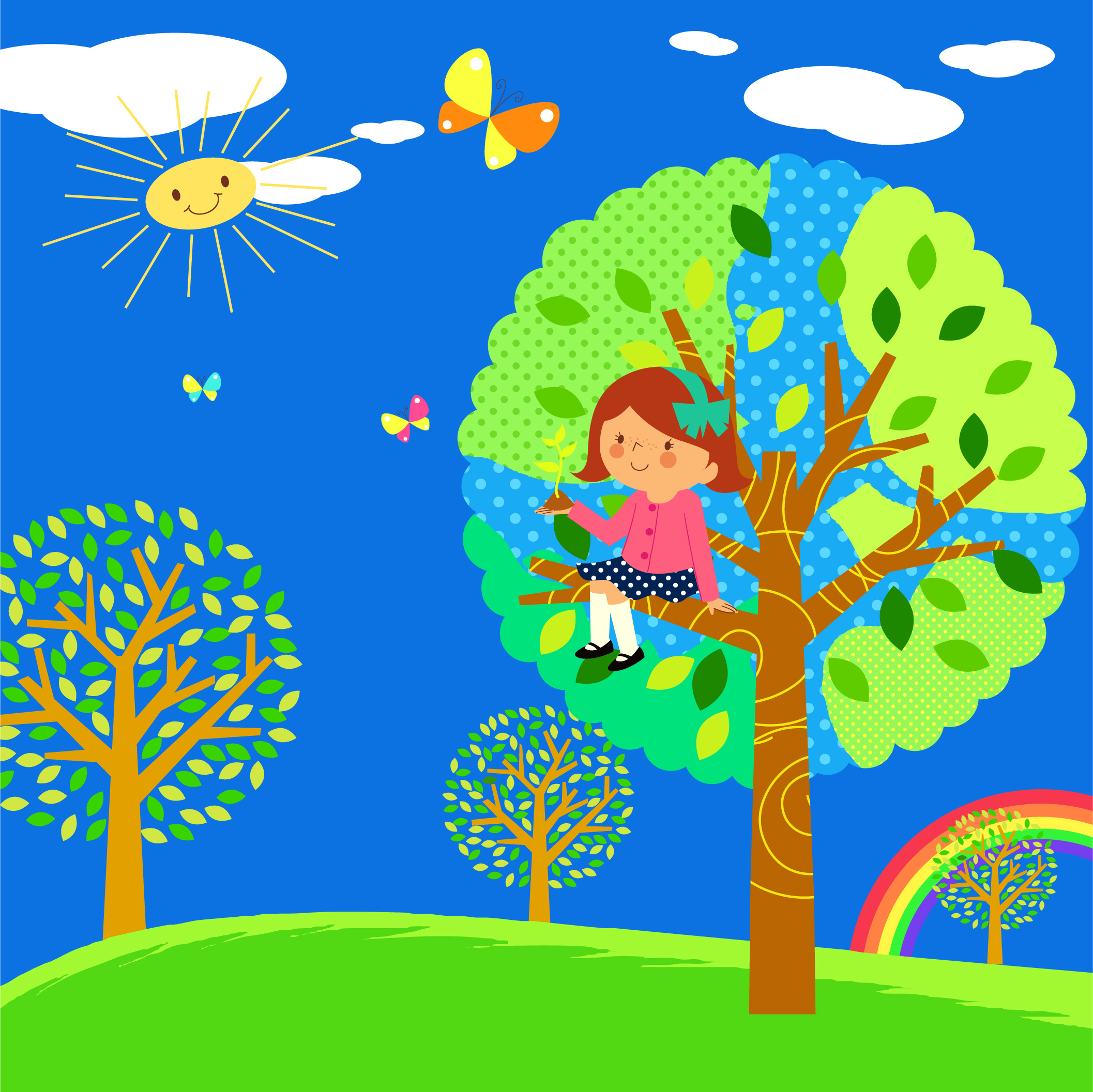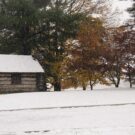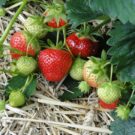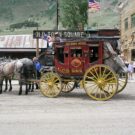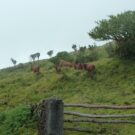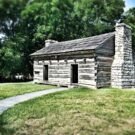A Persuasive Writer Inspires a Nation
by Sandra Merville Hart Thomas Paine wrote an important pamphlet called Common Sense which was published on January 10, 1776. Written in clear, easy-to-read language, it became an overnight best-seller. About 500,000 copies sold shortly after publication. Many newspapers around the country reprinted quotes from Common Sense. Paine lived in England until 1774 when he came to America. He got a job writing articles for the Pennsylvania Magazine. He wrote about issues such as slavery and women’s rights. After the Battle of Lexington and Concord in April of 1775, George Washington was appointed as commander-in-chief of the Continental army. We were already at war with England and still many hesitated to split from England. In Common Sense, Paine wrote about the need...
Read MoreWays Young People Had Fun in the Early 1800s
Did you know … It wasn’t all hard work for the early pioneers. Those living in the country found ways to have fun, sometimes in the midst of hard work. Corn Huskings Corn Huskings were popular fall events. A farmer harvested corn from the stalks and gathered these in the barn. He then invited young people to help husk the corn. They divided into teams and selected captains to see which team finished first. When one of the guys found a red ear, he was free to kiss the girl beside him. Sometimes rascals brought a red ear to the event to ensure a free kiss! Log rolling and wood chipping Young men attended log rollings and wood chippings during the day while females gathered to sew. Everyone got back together for supper. This time ended in a party,...
Read MoreFruits and Nuts in the Early 1800s
Did you know … Strawberries grew wild in the meadows. Children found raspberries and blackberries in such places as fence corners. Wild grapes and service berries grew in the woods and huckleberries grew on hillsides. How many of these fruits have you eaten? Small fruits that children then ate were gooseberries, currant, elderberries, wild cherries, haw, dewberries, mulberries, cranberries, wild red plums, and crabapples. How many of these have you eaten? They also ate peaches, apples, and pears. They dried the fruit to eat during the winter. Boys gathered chestnuts and black walnuts Boys gathered chestnuts, hickory nuts, black walnuts, butternuts, and hazelnuts for their families and animals. They probably enjoyed hiking through the woods to find...
Read MoreTraveling in the Early 1800s
Did you know … Early settlers dug canals for easier traveling. Lakes and rivers supplied the water for the canals. Canal boats carried passengers and cargo. Roads in poor condition The roads were mostly clay or dirt. Wagon wheels stuck in the mud when it rained. The early pioneers didn’t often consider the steepness of a hill when planning a road, so traveling along steep, muddy, and rocky roads was difficult. Traveling by stagecoach Four horses usually pulled the old stagecoaches which might carry twelve to fifteen passengers and the mail bags. Stagecoach drivers blasted a loud horn upon arriving or leaving. Villagers often gathered to greet passengers. Public mail on horseback Though the mail sometimes arrived by stage, horseback riders took...
Read MoreLiving in an 1830s Log Cabin
Did you know … by Sandra Merville Hart Most country homes in the 1830s were log cabins with two rooms, a loft for a sleeping area, and a wide fireplace at one end. Families spent free time around the fireplace Families spent most of their time in front of a blazing fire that warmed the cabin. They read books, drank cider, talked, and told stories around the comforting warmth of this fire. They also entertained company there in the light of a lard lamp. This type of lamp used lard to light the lamp. Animals roamed free all summer Log barns and stables were not large. Owners marked the ears of their livestock that ran outdoors year-round. Cows and hogs roamed the woods in the summer. Cows wore bells to help find them easily at milking time. Women cooked at the...
Read MoreA Privilege to Attend School in the 1830s
Did you know … Attending school in the early 1800s was a privilege because every community didn’t have one. In those days, children went to subscription schools where parents paid the teacher a certain amount for each child. Parents also provided wood for the fireplace. Teachers stayed with families Families usually took turns boarding the teacher. Children liked this extra time with their teacher. In those days, most teachers were men. Boys and girls learned to read, write, and do math. They also played blind man’s bluff and ran races at recess. Cat and corner ball were two of the ball games they enjoyed. The school year didn’t last long School usually lasted four months during the fall and winter and then students were done for the...
Read More